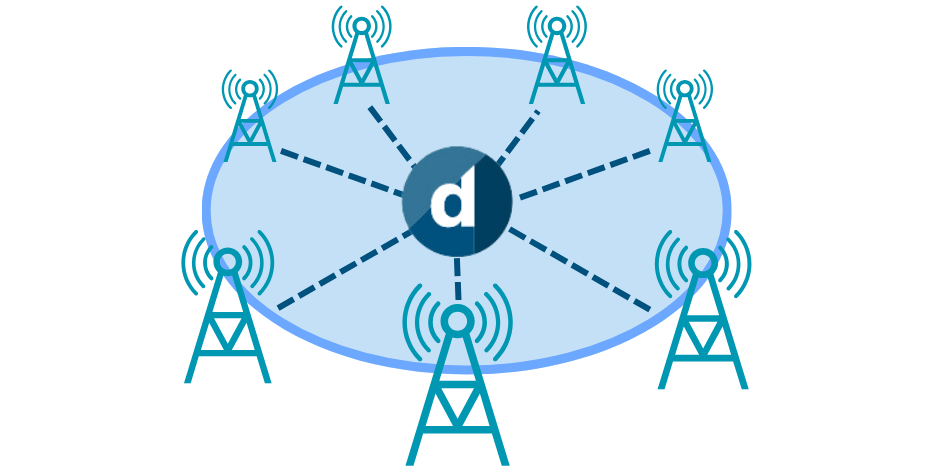For a large company specialized in managing crucial broadcasting and telecom infrastructure, the goal was simple: increase efficiency for better competitive positioning and kickstart Digital Transformation for future expansion. DataMiner was chosen as the backbone for this transformation across three different business units: infrastructure, network, and services.
The idea was straightforward, but the execution far from it. Prior to adopting DataMiner, a mix of in-house tools and third-party NMSs (Network Management Systems) were used to monitor and control the different DVB-T (2) video and FM/DAB radio signals. Operational workflows were marred by inefficiencies, with manual data entry into Excel – prone to human mistakes – used to create a scheduler view, and a lack of real-time data causing significant delays whenever adjustments were made to pieces of infrastructure configurations or operational services.
Following a successful pilot project in a regional DVB-T network, the decision was made to implement DataMiner across multiple business units at the same time. This move aimed to consolidate various services onto a single platform, creating a unified interface for operational synergies and alleviating growing constraints in human resources.

DataMiner excels at standardizing and automating workflows tailored to individual users within a multi-vendor environment, while also providing comprehensive monitoring and orchestration services. DataMiner Service & Resource Management (SRM) acts as a bridge, connecting inventory, ticketing, and customer portal workflows to physical assets and integrating seamlessly with the ServiceNow CSM and SPM modules.
The synergy among various departments is significantly bolstered by deploying dataminer.services (cloud), which encompasses among others remote access and the DataMiner Teams bot. This system unifies data across all business units, enabling the DataMiner Augmented Operations module (AI) to analyze the collective information. It predicts key metrics, employs self-learning algorithms for timely fault detection, and autonomously conducts root cause analyses of incidents. This transformation empowers operators to transition from reactive to proactive strategies, effectively reducing downtime and optimizing the use of technical staff personnel.
DataMiner Live Dashboard Sharing is used to share insights, promoting real-time visibility into daily operations for all involved stakeholders, both internally and externally.
With the implementation of DataMiner, the company made significant strides in its Digital Transformation journey. Ensuring efficient and standardized workflows is the foundation for sustained growth, enabling the company to offer and deploy recently developed investments in emerging markets. Moreover, the DataMiner platform ensures agility in a rapidly evolving and dynamic environment, empowering the company to stay ahead.